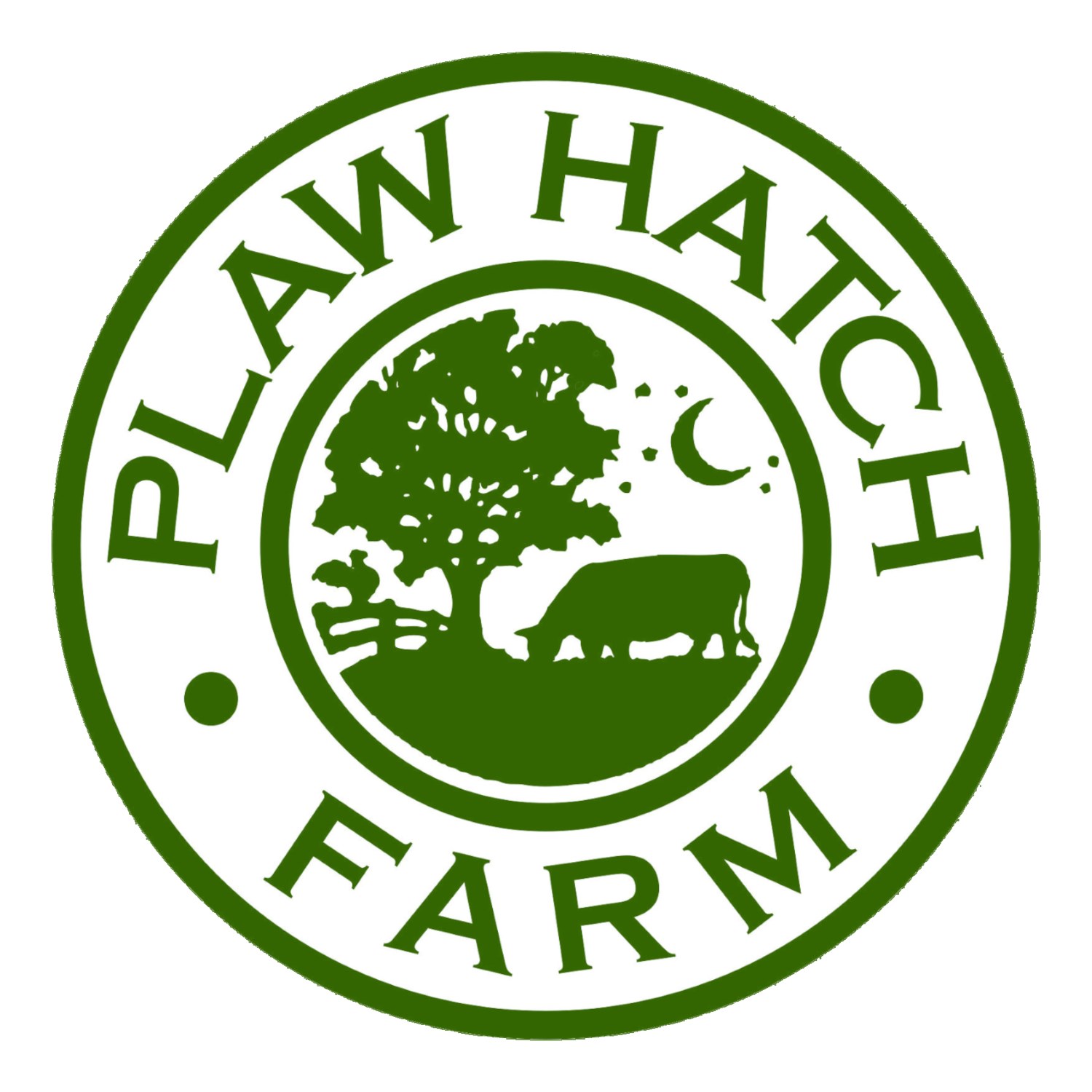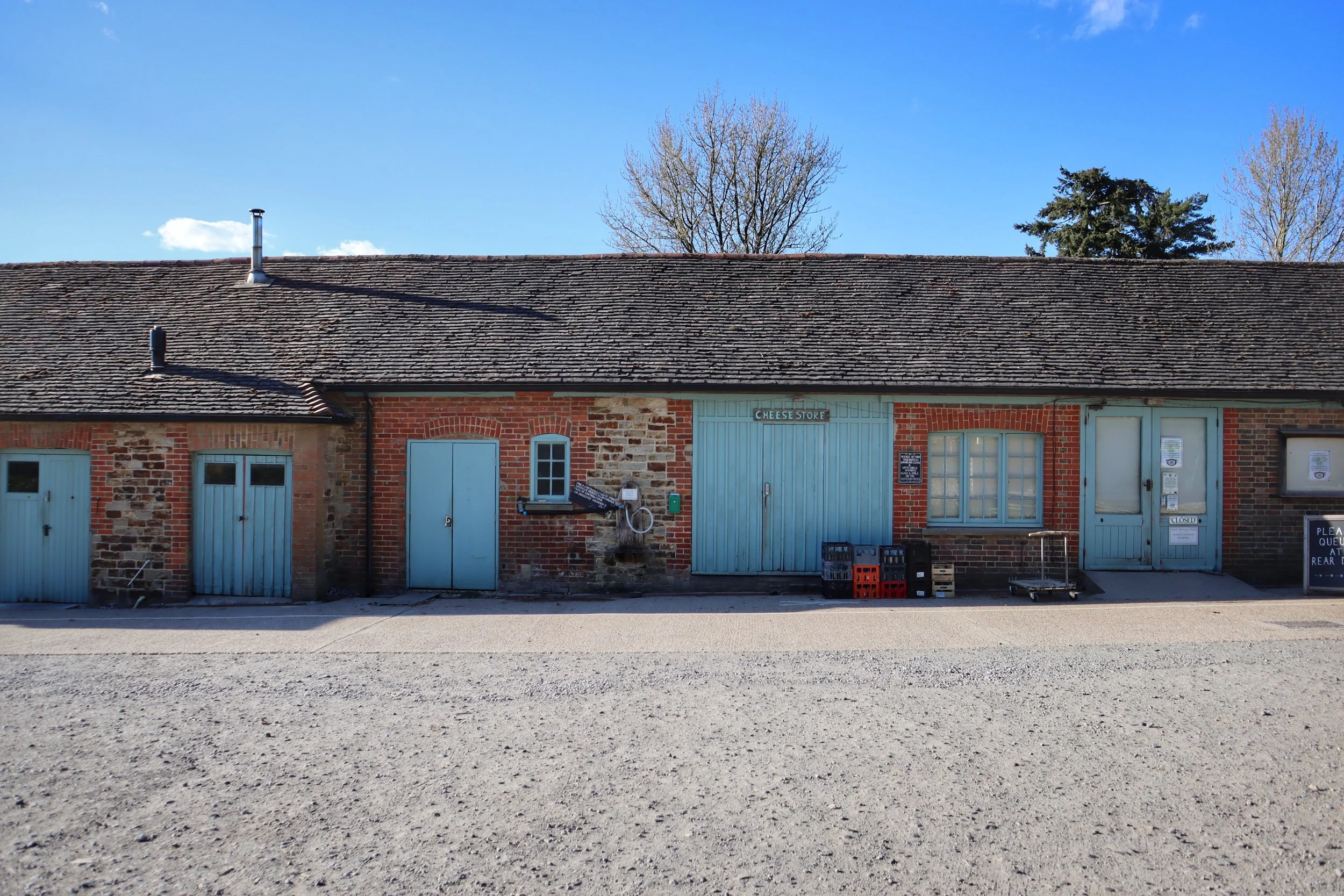Raising calves
ROBIN HALL
For every bottle of cows’ milk there is a story of a cow and a calf. The prospects for this calf and the well-being of its dam (mother) are an important issue for our time. I am frequently asked about this by customers and visitors so what follows is an attempt to describe the ethical and practical considerations that inform decisions and policies about calves at Plaw Hatch Farm.
A dairy cow is typically expected to calve annually so the number of animals on the farm will increase rapidly at calving time. It is common practice to keep a bull of a beef-type breed so the offspring from the dairy cows will be a mixture of beef-crosses and pure dairy animals. The female dairy calves (produced through artificial insemination) will eventually join the milking herd and the bull-calves will be kept for beef. This is why a dual-purpose cow like MRI is important because these male dairy calves will grow into large, stocky animals. Male calves from mainstream black-and white herds (often Holstein-Friesians) have little commercial value and the fate of these calves is rightly a source of concern to many.
It is essential for a young calf to get all the colostrum that is available. Colostrum is the rich, highly nutritious milk that is produced after calving for about 3 days. This food is vital for the healthy development of the calf. While calves that are separated before 3 days may be fed colostrum by other means, it is our belief that the calf should suckle during this period and beyond to be sure of a good start in life.
So what happens to our calves?
At present, around half of the Sussex-cross calves are sold at Hailsham Market. We do this because otherwise the herd would grow too much and we would not have space to house all our cattle in the winter. They have been fetching good prices as they are healthy, glossy calves. The remainder of this type will be kept on the farm and raised according to Demeter standards. This means that they will be fed fresh milk daily for a minimum of 12 weeks. There are several ways of doing this: the calf remains with its dam; is fostered on to an older or retired cow; or is fed milk from a bucket. At Plaw Hatch we employ all these methods depending on the circumstances at the time. Calves are raised in groups to a maximum of 6 and are never kept alone.
Opinions differ about when is the “best” time to separate a calf from its dam. The reality is that all calves are separated at some point and the circumstances of this are important. There are different timelines for this across the industry with many calves removed from their dam shortly after birth. Our calves are generally separated at about 2 weeks and either fed in a pen next to the cows or placed with a “nurse cow” who will raise it as her own. Thus, dairy and beef animals are raised together and eventually, after weaning, they will join a larger group.
Recently we have also been using a weaning device that is attached to the nose of an older calf. This prevents suckling but allows the calf to stay with its dam. While this may look crude, it is a painless and effective way of weaning a calf after 12 weeks.
My experience has been that it can be stressful to separate a calf at any age and at times it seems that the longer they stay together and bond with each other, the more painful the separation. Homeopathic remedies, usually Ignatia, are given to the cows when the calf is removed and this seems to help with the experience. We have very little illness with our calves and they receive a high level of care with regular contact with other cattle and humans. It is an enjoyable process to milk cows that we have raised from tiny calves and this is certainly one of the most rewarding elements of the work.






